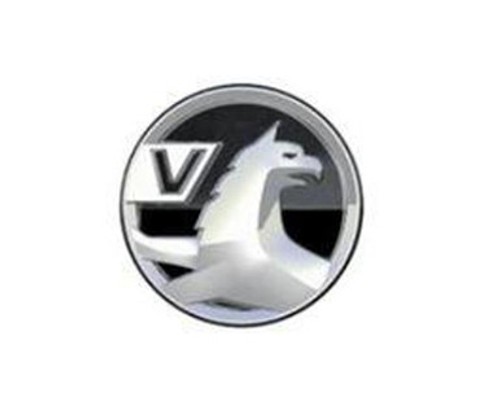Uncovering the History: What is the Vauxhall Badge?
The Vauxhall badge is synonymous with reliability, performance, and stylish design, making it a popular choice among car enthusiasts. Reliability: Vauxhall vehicles are known for their reliability and durability, with many owners reporting low maintenance costs and consistent performance. The Vauxhall badge is a symbol of excellence and quality in the automotive industry, with a rich history and a reputation for reliability, performance, and stylish design
What is the Vauxhall Badge?
The Vauxhall badge is a symbol of excellence and quality in the automotive industry, with a rich history dating back to 1857. Founded by Alexander Wilson, Vauxhall has been a staple in the UK's motoring scene for over 160 years. The Vauxhall badge is synonymous with reliability, performance, and stylish design, making it a popular choice among car enthusiasts.
History of the Vauxhall Badge
In the early days, Vauxhall was known for producing horse-drawn carriages and motorized vehicles. The company's first car, the Vauxhall 1903, was introduced in 1903 and quickly gained popularity for its reliability and fuel efficiency. Throughout the 20th century, Vauxhall continued to innovate and expand its product range, introducing iconic models such as the Vauxhall A-Type (1923) and the Vauxhall Viva (1963). In 1925, Vauxhall joined forces with GM (General Motors) to become part of the global automotive giant.
Advantages of the Vauxhall Badge
There are several reasons why Vauxhall has become a trusted brand among car enthusiasts:
- Reliability: Vauxhall vehicles are known for their reliability and durability, with many owners reporting low maintenance costs and consistent performance.
- Performance: Vauxhall cars are renowned for their impressive acceleration, handling, and agility, making them a favorite among car enthusiasts.
- Design: Vauxhall's sleek and stylish designs have been praised for their aesthetics, with many models featuring iconic shapes and lines.
- Safety: Vauxhall vehicles are equipped with advanced safety features, including ABS, airbags, and electronic stability control, to ensure a safe driving experience.
- Cost-effective: Vauxhall cars are generally priced lower than other European brands, making them an attractive option for those on a budget.
Disadvantages of the Vauxhall Badge
While Vauxhall has many advantages, there are some drawbacks to consider:
- Quality issues: Some models have been known to experience quality issues, such as rust and transmission problems, which can impact the overall driving experience.
- Limited availability: In some regions, Vauxhall models may not be as widely available as other brands, which can make it difficult to find spare parts or servicing.
- Limited brand recognition: Vauxhall is not as well-known globally as some other European brands, which can impact resale values and brand reputation.
- Depreciation: Vauxhall cars can depreciate quickly, especially in the first few years of ownership.
- Limited customization options: Some owners may find the limited customization options for Vauxhall cars to be a drawback, particularly when compared to other brands that offer more bespoke styling and performance upgrades.
How to Maintain Quality from the Aesthetic Aspect
To ensure your Vauxhall car maintains its quality and aesthetic appeal, follow these tips:
- Regular washing and waxing: Regularly wash and wax your Vauxhall to remove dirt and grime, preventing scratches and fading.
- Avoid harsh chemicals: Avoid using harsh chemicals or abrasive cleaners, which can damage the paintwork and interior materials.
- Protect the interior: Use floor mats and seat covers to protect the interior from wear and tear, and avoid eating or drinking in the car.
- Avoid extreme temperatures: Avoid parking your Vauxhall in direct sunlight or extreme cold, which can cause damage to the paintwork, upholstery, and other materials.
- Schedule regular servicing: Regular servicing schedules can help identify and address any potential issues before they become major problems, ensuring your Vauxhall remains in top condition.
Conclusion
The Vauxhall badge is a symbol of excellence and quality in the automotive industry, with a rich history and a reputation for reliability, performance, and stylish design. While there are some drawbacks to consider, the advantages of owning a Vauxhall car far outweigh the disadvantages. By following the tips outlined above and maintaining your car regularly, you can ensure your Vauxhall remains in top condition, both aesthetically and mechanically.
Sadean Areas






















